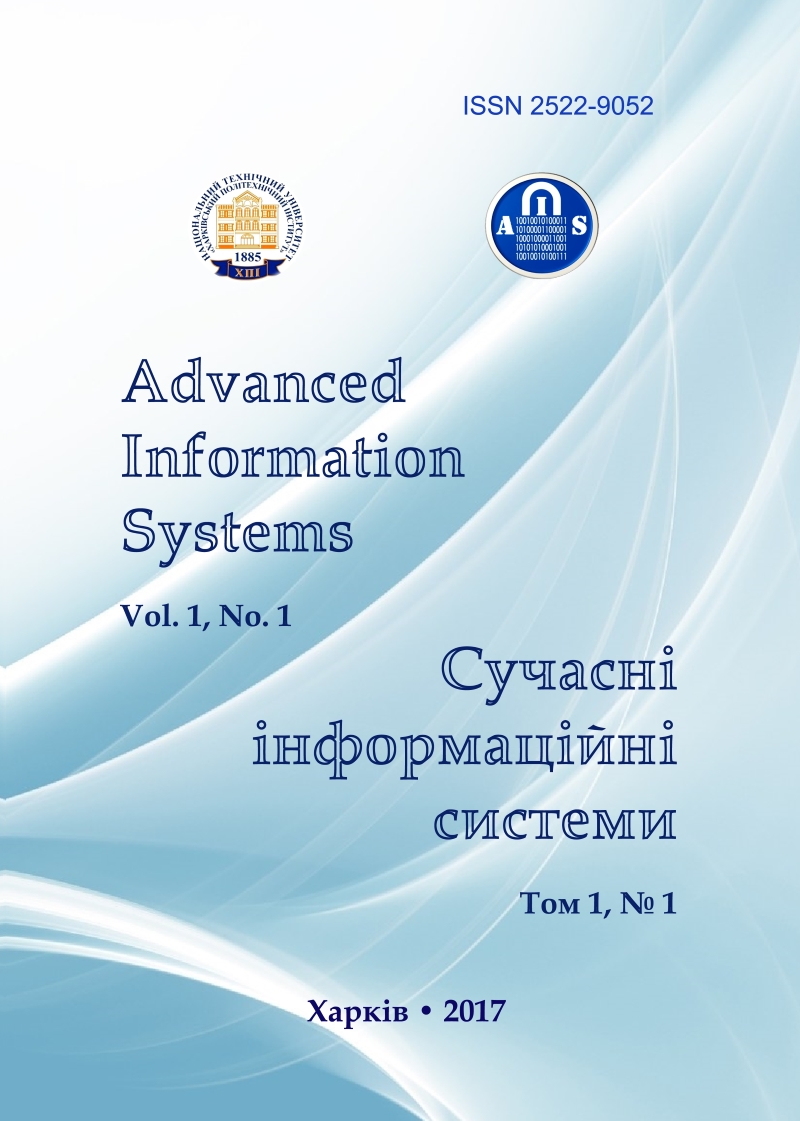Development of digital steganography techniques for copyright protection, based on the watermark
Main Article Content
Abstract
The increasing value of information protection is an important question in our fast-paced world. Especially acute is the question of copyright protection, which is against the backdrop of increasing the number of generated content, has become a real problem. The unauthorized use of foreign Intellectual Property of liability leads to great economic author`s losses. In order to minimize cases of data theft, steganography requires a large number of ways to conceal the fact of the information transfer (in contrast to cryptography, where you actually encrypted the message itself). Steganography is changing the image in a way that only the sender and the intended recipient is able to detect the message sent through it. It is invisible, and thus the detection is not easy. It is a better way of sending secret messages than encoded messages or cryptography as it does not attract attention to itself. Among the already proposed, existing steganography methods, such as: Digital prints (DP), steganography watermark (SW), hidden data (HD), in this work, attention is paid to watermarks (SW). SW implies the presence of the same labels for each container copy. In particular, the SW can be used to confirm the copyright. For example, when you recording video, you can intersperse information about recording time, in each frame, or the camcorder model, or name of your camcorder or the information about operator. If the footage gets into the hands of a rival company, you can try to use the watermark to confirm authorship of the record. If the key is kept secretly by the owner of the camera, then you can use the SW as a confirmation the authenticity of the photo and / or video images. Digital watermarks are used to protect the copyright or proprietary rights to the digital images, digitized photographs or other artwork. The main requirements that apply to this integrated data, are reliability and resistance to distortion. In modern systems, the formation of the digital watermark embedding the principle of label being a narrowband signal over a wide frequency range of the image to be marked. Digital watermarks have a small amount, however, subject to the above requirements for their integration using more sophisticated methods than to embed a message or header. This report is examined the possibility of using methods of steganography, which is based on the use of watermarks to protect and hide information to protect copyright.
Article Details
References
Ingemar J., Cox, Matthew L., Miller, Jeffrey A., Bloom, Jessica, Fridrich and Ton, Kalker(2008), Digital Watermarking and Steganography, Elsevier Inc., 502 p.
Konakhovych, H.F. and Puzyrenko, A.Yu (2006), Kompyuternaya Stehanohrafyya. Teoryya y Praktyka [Computer Steganography. Theory and Practice], MK-Press, Kyiv, 288 p., ISBN 966-8806-06-9.
Stehanohrafyya [Steganography], available at: https://ru.wikipedia.org/wiki/Стеганография (last accessed January 30, 2017).
Osnovy steganografii i tsifrovyye vodyanyye znaki [The Basics of Steganography and Digital Watermarks], available at : http://citforum.ck.ua/internet/securities/stegano.shtml (last accessed January 30, 2017).
Steganography and Digital Watermarking, available at :
www.lia.deis.unibo.it/Courses/RetiDiCalcolatori/Progetti98/Fortini/ intro.html (last accessed January 30, 2017).
Sunchugashev I/ (2008) Stehanohrafyya [Steganography], Dolgoprudnyy, MIFI, available at :
http://re.mipt.ru/infsec/2008/ essay/2008_Steganography_Sunchugashev.pdf (last accessed January 30, 2017).
Steganography And Digital Watermarking», available at : http://https://www.cs.bham.ac.uk/~mdr/teaching/modules03/ security/students/SS5/Steganography.pdf (last accessed January 30, 2017).
Tsifrovyye vodyanyye znaki [Digital Watermarks], available at: https://ru.wikipedia.org/wiki/Цифровой_водяной_знак (last accessed January 30, 2017).
